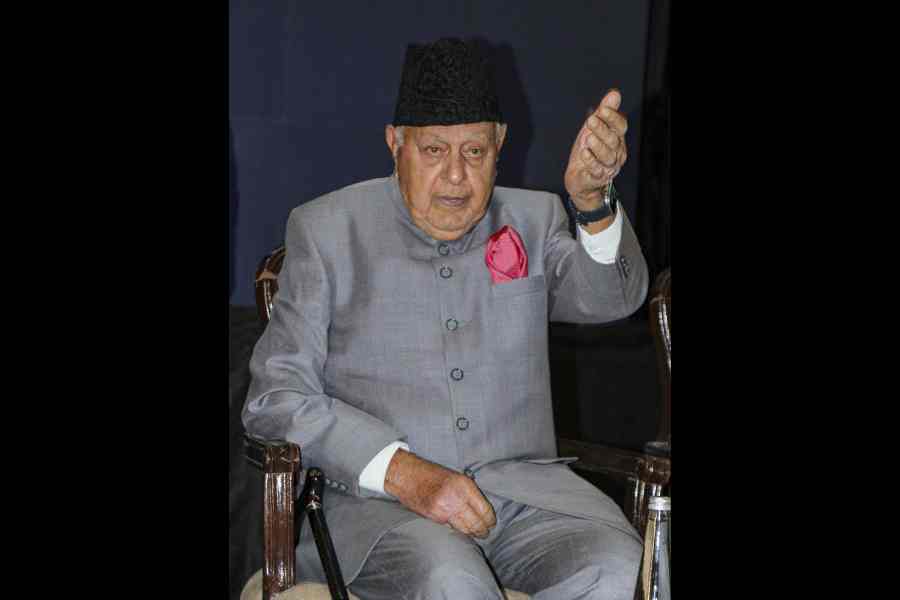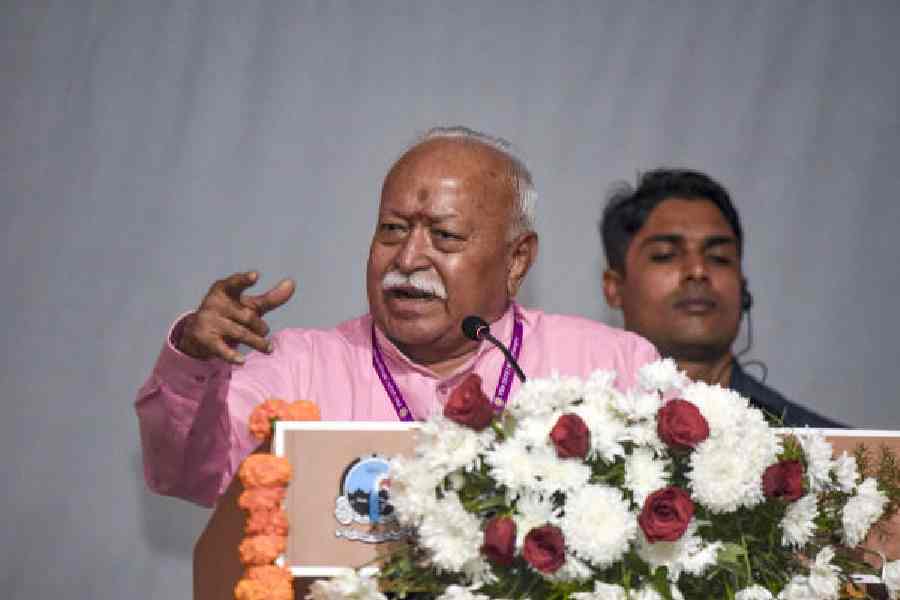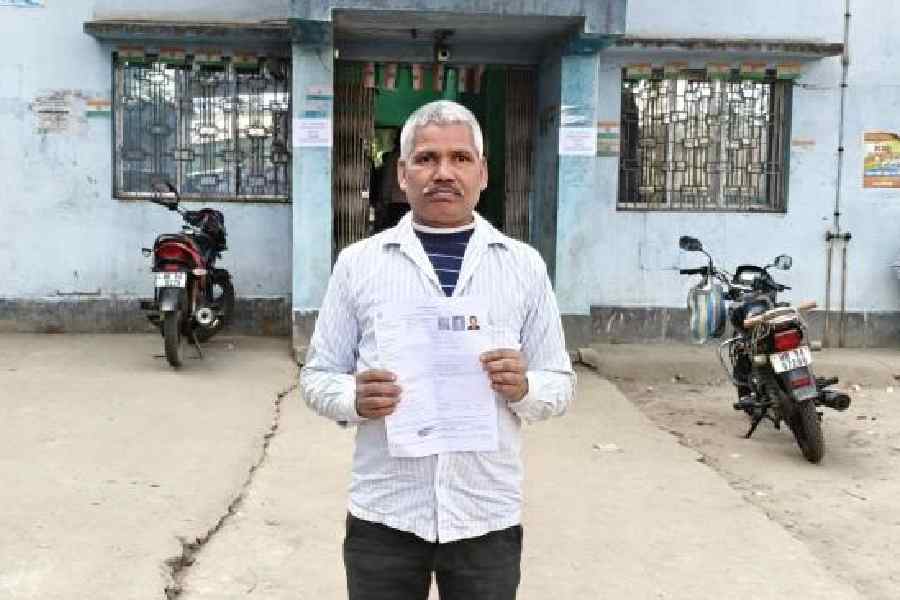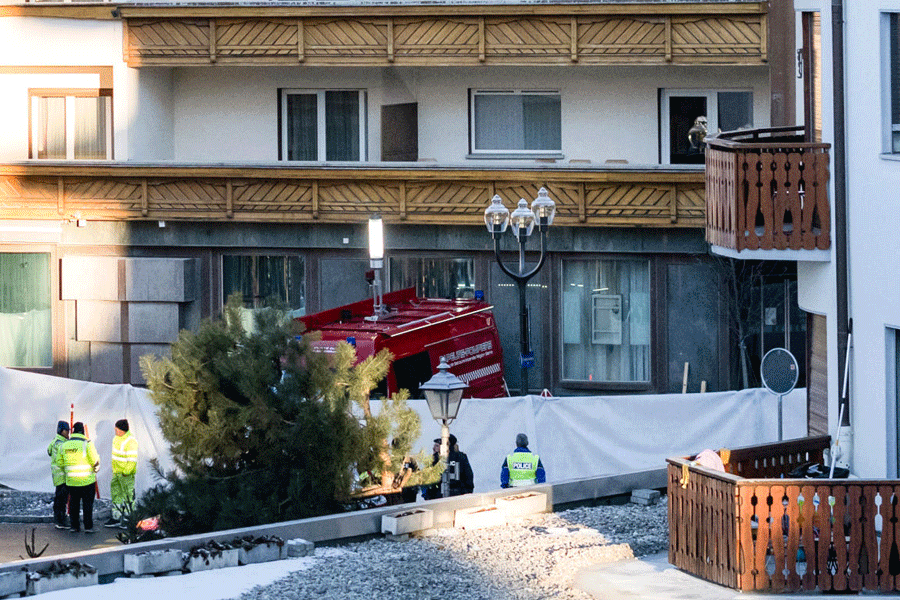Like all federal prisons, the Metropolitan Correctional Centre in Lower Manhattan has a suicide prevention programme designed for inmates who are at risk of taking their own lives.
After an apparent attempt three weeks ago, Jeffrey Epstein — the financier who was at the facility awaiting trial on charges he sexually abused dozens of girls — was a prime candidate.
Yet Epstein, 66, was not on suicide watch when he hanged himself and his body was found in his cell early on Saturday, raising questions about the steps officials took after the first incident to keep him from harming himself.
Attorney-general William P. Barr said in a statement that he had asked the inspector-general for the justice department to open an investigation “into the circumstances of Epstein’s death”.
The federal Bureau of Prisons did not immediately respond to requests for information.
But one federal prison official with knowledge of the incident said Epstein had been taken off suicide watch a few days ago, and was being held alone in a cell in a special housing unit.
The official, who spoke on the condition of anonymity for fear of being fired, said guards found Epstein in the empty cell during morning rounds. He had hanged himself and he appeared to be dead.
It would have been extremely difficult for Epstein to harm himself had he still been on suicide watch, a second official said, also speaking on the condition of anonymity.
Inmates on suicide watch are generally placed in a special observation cell, surrounded with windows, with a bolted down bed and no bedclothes. A correction officer — or sometimes a fellow inmate trained to be a “suicide companion” — is typically assigned to sit in an adjacent office and monitor the inmate constantly.
Robert Gangi, an expert on prisons and the former executive director of the Correctional Association of New York, said guards also generally took shoelaces and belts away from people on suicide watch.
“If he’s on suicide watch, it’s virtually impossible to kill yourself,” Gangi said.
Inmates can only be removed from the watch when the programme coordinator, who is generally the chief psychologist at the facility, deems they are no longer at imminent risk for suicide, according a 2007 Bureau of Prison document outlining suicide prevention policies. The inmates cannot be removed from the watch without a face-to-face evaluation.
To take an inmate off suicide watch, a “post-watch report” needs to be completed, which includes an analysis of how the inmate’s circumstances have changed and why that merits removal from the watch.
Under Bureau of Prison regulations, the government’s jails and prisons must have one or more rooms designed for housing an inmate on suicide watch, and the rooms must allow staff members to control the inmate without compromising their ability to observe and protect him. Every prison facility is required to have a suicide prevention programme.
Suicide prevention cells must provide an “unobstructed view of the inmate” and “may not have fixtures or architectural features that would easily allow self-injury”, according to a Bureau of Prisons policy.
According to a person familiar with the Bureau of Prison’s procedures, the cells are equipped with video monitoring, which an officer monitors around the clock.
“The whole purpose is, by the time they see you doing something, they’ll get in there and stop it,” the person said, speaking on the condition of anonymity because he was not authorised to speak publicly about Bureau of Prison procedures.
The prison or jail staff members are supposed to operate in shifts to keep the inmate under constant observation and to keep a log of the person’s behaviour, according to federal regulations. The inmate is only supposed to be removed from the watch when he or she “is no longer at imminent risk for suicide”.
In many prisons, the programme is led by a chief psychologist, who oversees the treatment of suicidal inmates, according to the Bureau of Prisons suicide prevention strategy.










